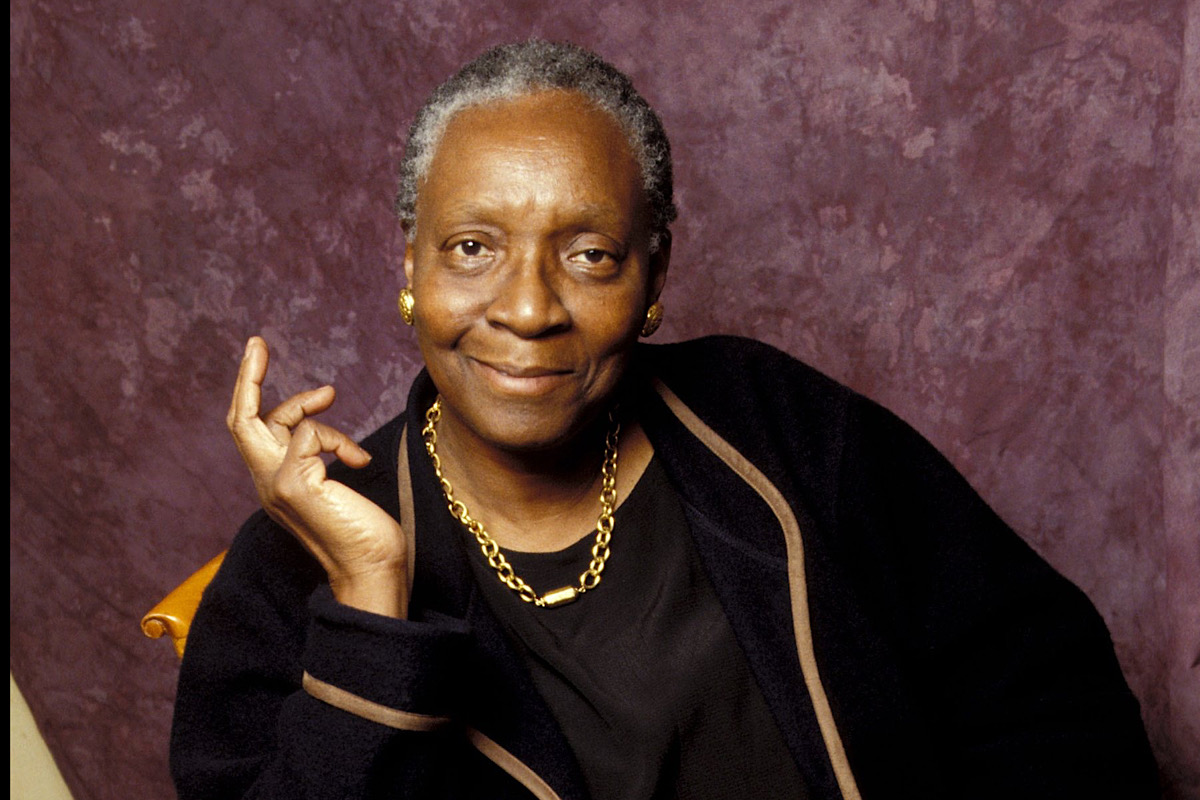Can CRISPR-Cas gene editing tech fight antimicrobial resistance?
CRISPR-Cas, which functions like molecular "scissors", allows for precise alterations to the genomes of living organisms.
Speak of Segu outside Segu, but do not speak of Segu in Segu.

(Photo:SNS )
Under curious circumstances, the Nobel Prize in Literature could not be awarded in the year 2018. Then a group of radical Swedish academics formed a new body and awarded the New Academy Prize in Literature, popularly called the Alternative Nobel. The prize went to Segu, a historical novel first published in 1984. The reconstituted Nobel Committee, however, made amends in 2019 by awarding two Literature Prizes for both the previous and current years. The author of Segu, Maryse Conde, was of African origin from the French West Indies. She was born on 11th February 1934. She passed away recently, on 2nd April 2024. She was also a well-known French literary critic and Professor Emerita in French at the University of Columbia. She was also shortlisted for the Man Booker International Prize. She can be compared with Toni Morrison and Maya Angelou, two great BAF writers. Conde was known as the grand dame of Francophone Literature.
Segu is a large book, almost 500 pages, divided into five parts, each containing several chapters. Conde, illuminating magnificently a little-known historical period, has woven a rich and colourful tapestry sprawled across continents and centuries. We come to know about a considerable number of African tribes, like Bambaras, Fulani, Ashanti and Yoruba, along with the mixed-caste societies of Brazil and the West Indies. However, the storyline becomes sluggish and difficult owing to the bewildering array of characters and density of cultural details, a result of the author’s exhaustive scholarship.
The narrative is constructed around the family life of Dousika Traore, a leading noble of Segu. The fates of his four sons embody the forces tearing apart the fabric of traditional West Africa, a terrain trying to cope with jihads, tribal rivalries, and Western racism amid the vagaries of international commerce. There is Tiekoro, who renounces his people’s religion and embraces Islam; Siga, who defends tradition but becomes a merchant; Naba, who is kidnapped by slave traders; and Malobali, who becomes a mercenary and halfhearted Christian. Their cousin, Tiefolo, remained true to his native culture and perished defending it. Actually, a tragic element was always present in the Traore family saga. As Dousika’s courtly fortunes took a dramatic turn for the worse, his sons became restive and started gazing towards the outside world. The age-old household structure began to crack up. However, the initial encounter between the native Africans and the exotic forces of Western capitalism and Islam was far from happy, as all the sons of Dousika met sad ends. However, the tale ended optimistically as the Christianised grandson of Dousika, Eucaristus, got disillusioned with England and decided to return to his native place. His example is being followed by some Afro-Americans, even today, who return to Africa in search of their ancestral roots. Another grandson, the Muslim Muhammad, also having strong doubts regarding his adopted religion, decided to stay and fight for Segu.
Advertisement
The Segu principality, in present-day Mali in West Africa, existed as a centralised polity between 1712 and 1862. The state gained stability under Ngolo Diarra, who reigned from 1750 on. His descendents ruled until the fall of the kingdom. His son, Monsong Diarra, undertook a series of successful conquests. The Mansa ruled with an iron hand over a large kingdom containing a number of urban settlements. Segu was the centre of brisk trade and commerce, which brought in considerable wealth. Arabs, Moors and people of various other African nationalities participated in this activity. The Europeans were a distant presence and did not enter Segu proper until the early nineteenth century. The first ripple in the calm waters of Segu occurred with the arrival of an unidentified European on the banks of Joliba (river Niger). Many of the native Bambaras saw a white man for the first time. Later, we come to know that he was the well-known explorer of Mungo Park.
Segu reminds us of the efforts of W.E. Du Bois and Leo Hansberry, both black Americans. They tried to trace the history of the uprooted negroes in the USA, the West Indies, or the Afrodiaspora. Their attempts to create a pan-African identity had parallels in Africa itself. In Francophone Africa, Leopold Senghor, the first president of independent Senegal, promoted the concept of negritude, i.e., the essence of Black Africa’s heritage and character, in the 1950s and ‘60s. Elite antiquarians like Senghor, who wanted to break free from the West, adopted a poetic and aesthetic approach to the African past. They were aware of the paucity of written historical records in Africa. So they stressed the relevance of oral traditions, legends, and anthropology for the reconstruction of Black history. They particularly studied, like Conde, the role of the slave trade and Islam.
The author has also dealt with the gender issue carefully. In this magnum opus, she has described essentially a man’s world. Be it paganism, Islam, or Christianity, the menfolk called the shots. In this bleak scenario, Conde, with compassion, brings into focus the agony and the ecstasy of the silently suffering females. She has also deftly portrayed the cultural interactions among women coming from various tribes and different socio-economic backgrounds.
Thus, in the current context of the increasing global relevance of migration and diaspora studies, the complex relationship between culture and politics depicted in Segu remains relevant indeed. Here, Maryse Conde succeeded in establishing herself as an extraordinary storyteller.
The writer is assistant professor, dept of history, Vidyasagar College for Women, Kolkata
Advertisement